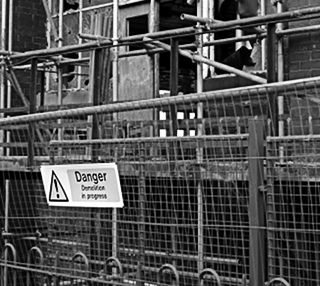e-Commerce, change management, project & programme management, it, logistics, supply chain & retail
Project Recovery - Big i Consulting
Anecdotally a growing number of major ERP projects are failing and requiring intervention to put them back on track.

ERP projects are often high cost and have significant risk to an organisation implementing them. Failed ERP projects have occasionally had such serious knock on effects that the organisation had not survived the failure. However, failing projects can be recovered.

